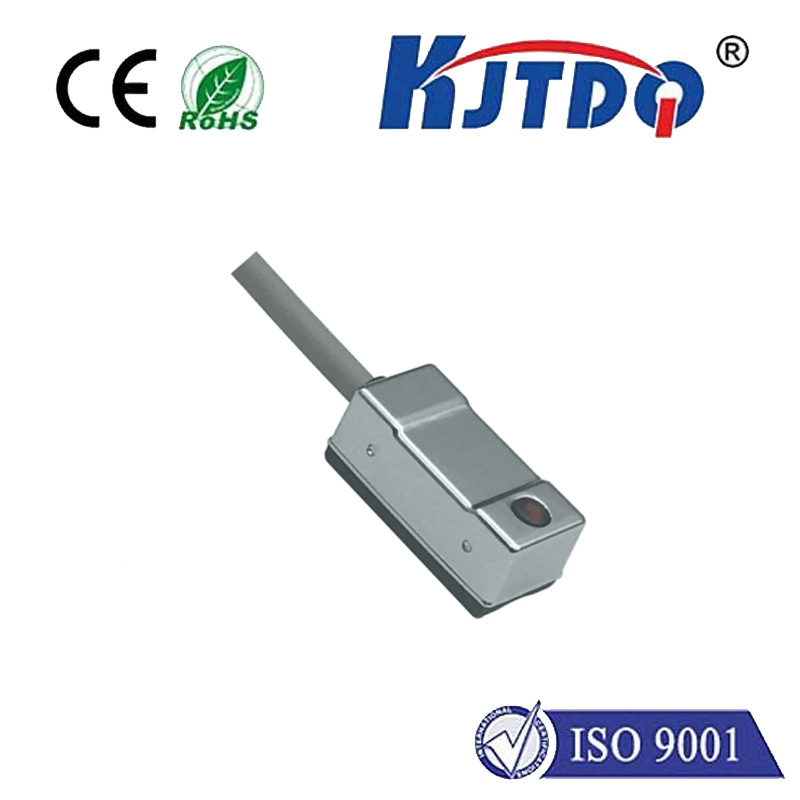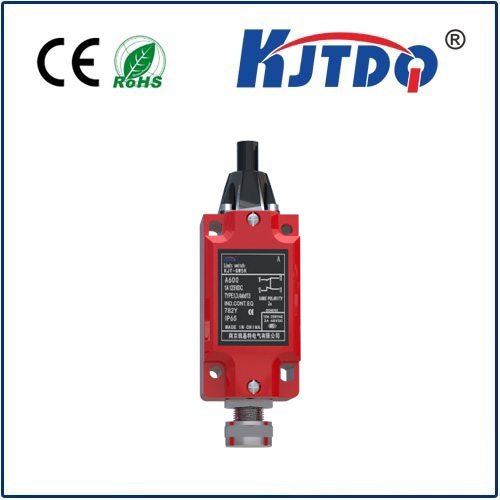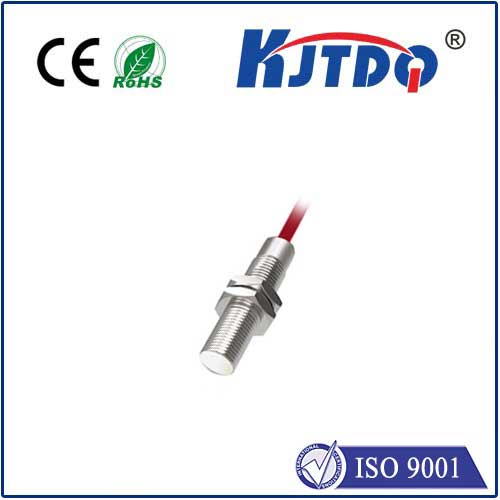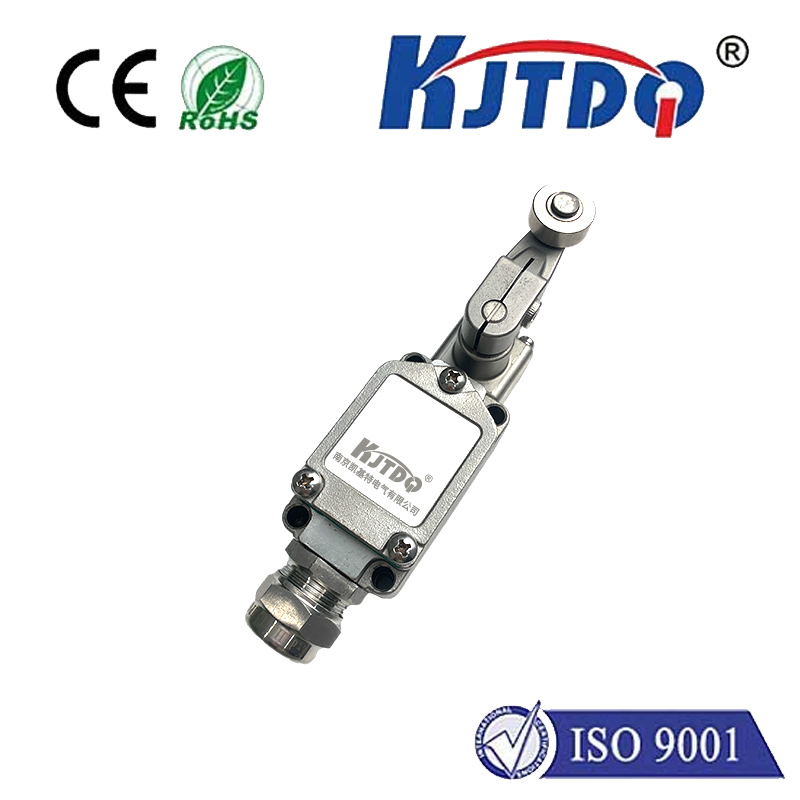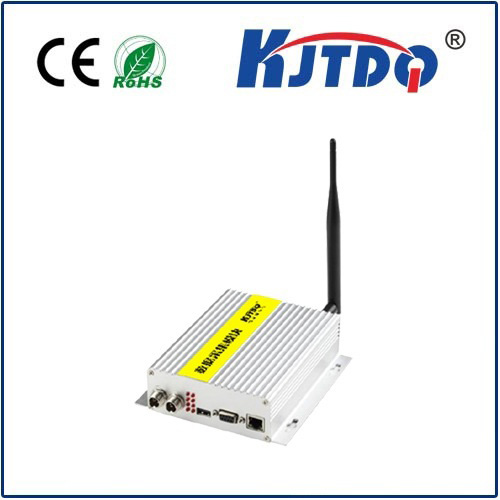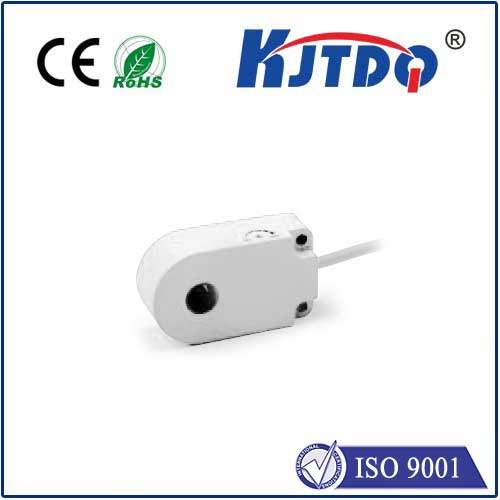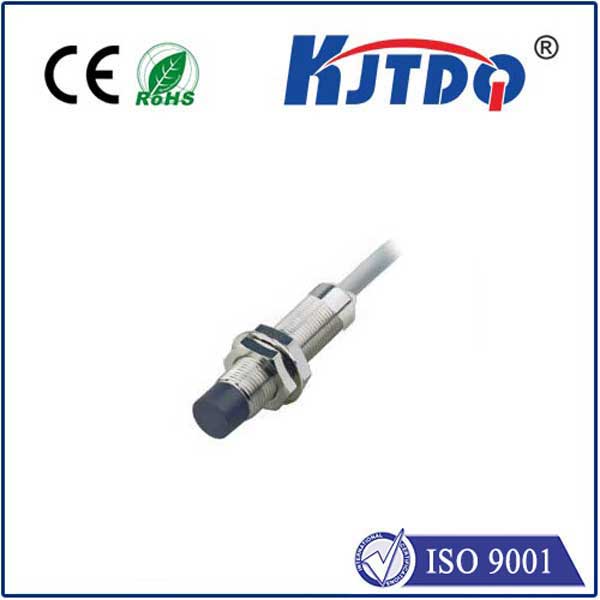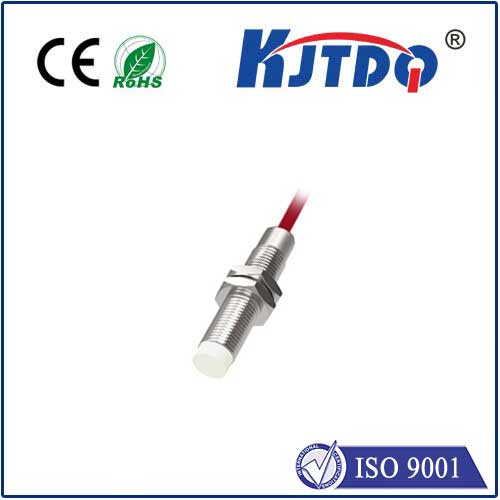E3FA-DP24 small photoelectric sensor
- time:2025-09-27 05:15:07
- Click:0
E3FA-DP24 Small Photoelectric Sensor: Solving Big Automation Problems in Tight Spaces
In the intricate dance of modern industrial automation, space is often a premium. Machines are denser, lines move faster, and every millimeter counts. This is where the E3FA-DP24 Small Photoelectric Sensor steps onto the stage, proving that significant sensing capabilities can indeed come in exceptionally compact packages. Designed specifically for applications where real estate is limited, this miniature marvel offers robust performance without demanding elbow room. Understanding its strengths and ideal applications is key to unlocking efficiency in constrained environments.
Why Size Matters: The Compact Powerhouse Advantage
Traditionally, photoelectric sensors were functional but sometimes bulky. As machinery evolved – becoming more complex, integrated, and miniaturized (think intricate robotics arms, densely packed assembly cells, or compact packaging units) – the need for smaller, yet equally reliable, sensors became paramount. The E3FA-DP24 addresses this challenge head-on.

- Minimal Footprint: Its defining characteristic is its incredibly small size. Measuring just 24 x 12 x 34 mm (W x H x D), it fits effortlessly into spots where standard sensors simply cannot go. This allows machine designers exceptional freedom during the design phase and simplifies the retrofitting of existing equipment.
- Space Optimization: By utilizing the E3FA-DP24, engineers can:
- Reduce overall machine dimensions, leading to smaller factory footprints.
- Install sensors closer to the point of detection, increasing accuracy.
- Avoid interference with other mechanical components or moving parts.
- Achieve cleaner machine aesthetics and layouts.
Core Performance: Not Just Small, But Smart and Sturdy
Don’t let its diminutive stature fool you. Beneath that compact housing lies considerable performance tuned for demanding industrial environments.
- Reliable Diffuse Sensing: The E3FA-DP24 utilizes a diffuse-reflective operating principle. This means the sensor houses both the emitter (light source) and the receiver in a single unit. It detects objects by measuring the light reflected directly off the target material. This versatility makes it suitable for countless tasks like detecting presence, absence, positioning, or counting of objects, without requiring a separate reflector unit – simplifying installation further.
- Effective Sensing Range: Despite its size, it boasts a practical sensing distance of up to 500 mm. This range is highly effective for its intended applications within machinery and tight zones.
- Robust Construction: Engineered for the shop floor, it features an IP67 rated housing. This signifies excellent protection against dust ingress and powerful water jets, ensuring reliable operation in environments prone to washdowns, coolants, or airborne particulates.
- Simplified Operation & Longevity: Models are available with both NPN and PNP output configurations (like the E3FA-DP24 2M), catering to different control system requirements. Featuring a pre-wired cable (typically M8 connector), installation is quick and reduces potential wiring errors. Operation is straightforward, often involving only a sensitivity adjustment. Its solid-state design contributes to high reliability and a long operational life.
Where the E3FA-DP24 Small Photoelectric Sensor Truly Shines
This sensor’s niche is unequivocally applications demanding both reliable detection and minimal space occupation. Its compact form factor and diffuse reflective operation make it a go-to solution across diverse sectors:
- Robotics & Collaborative Cells: Integral for end-of-arm tooling (EOAT) detection, part presence verification in grippers, or ensuring clear paths within tight collaborative workspaces.
- High-Density Electronic Assembly: Detecting tiny components (PCBs, connectors) on feeders, verifying placement accuracy, or monitoring board flow within compact conveyor modules where larger sensors obstruct movement.
- Compact Packaging Machinery: Perfect for detecting small packages, sachets, or blister packs on high-speed vertical form-fill-seal (VFFS) machines, cartoners, or labeling systems where mounting space around the product path is severely limited. Ensuring correct product positioning before sealing or labeling is critical.
- Material Handling & Conveyor Systems: Monitoring small parts transfers, verifying item existence on narrow conveyors or indexing tables, and detecting jams within confined transfer points or diverters.
- Pharmaceutical & Medical Device Manufacturing: Its size and IP67 rating make it suitable for controlled environments and clean-in-place (CIP) processes, detecting vials, syringes, or caps on compact assembly lines. Ensuring precise component presence before critical assembly steps.
- Food & Beverage Processing: Used on lines producing small items like candies, capsules, or condiment packets. Its washdown suitability is essential here for hygiene compliance. Detecting individual items entering blister packs or flow wrappers.
- Automotive Sub-Assembly: Monitoring small component feeds (springs, clips, O-rings) into automated assembly stations or verifying part presence within densely packed modules.
Making the Most of Your Miniature Sensor: Key Considerations
To ensure optimal performance from the E3FA-DP24, consider these practical aspects:
- Target Characteristics: Diffuse sensors are sensitive to the target’s color, reflectivity, size, and surface finish. Testing the specific object under actual conditions is recommended. Highly reflective or dark matte targets may require careful sensitivity tuning or a different sensing principle.
- Background Concerns: Since diffuse sensors rely on reflected light, highly reflective backgrounds close behind the target can sometimes cause false triggers. Proper mounting angle and sensitivity adjustment are key mitigation strategies. Utilizing the stable operating point feature during setup helps counter this.
- Environmental Factors: While IP67 rated, extreme chemical exposure or temperatures outside its specified operating range (-25°C to 55°C / -13°F to 131°F) should be evaluated. Opt for the DC versions for consistent performance.
- Mounting Stability: Its small size means vibration resistance is generally good, but ensure secure mounting, especially in high-vibration zones, to maintain detection accuracy.
The E3FA-DP24 small photoelectric sensor embodies the principle that big solutions can come in small packages. Its compact design directly translates to increased machine design flexibility, simplified installation in restricted areas, and the ability to achieve reliable detection tasks where other sensors cannot physically fit. Combining robust IP67 protection, straightforward operation, and a practical sensing range, this miniature diffuse sensor is a powerful tool for optimizing automated processes across electronics, packaging, robotics, pharmaceuticals, and beyond. When space is tight but performance is non-negotiable, the E3FA-DP24 offers an effective, space-saving answer. Its versatility and reliability make it an essential component in the modern engineer’s toolkit for tackling challenging detection scenarios head-on, proving that sensor size need not compromise functionality in today’s complex automation landscape.






